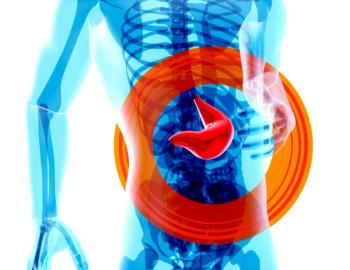
Considerations for De-Isolation of Suspect COVID-19 Patients
What should we consider during these tough conversations?
Cases of COVID-19 continue to spring up across the United States. As community transmission becomes more common, there are challenging aspects of this pandemic that need to be addressed. Currently, testing efforts rely on patients seeking medical care in emergency departments or urgent care clinics. For those patients who require hospitalization and are admitted, at what point do they no longer require isolation?
Infection prevention efforts often include not only the isolation of patients, but also the de-isolation when they are no longer considered infectious. For example, the US Centers for Disease Control and Prevention (CDC) states that for
How will such guidance work for COVID-19 though? For those patients requiring longer stays in health care settings, it’s important to discuss when they can be removed from isolation to help reduce the burden on health care workers and patients alike. Researchers from Singapore sought to
Through the National Centre for Infectious Diseases (NCID) in Singapore, the team established an algorithm as a decision-making matrix. Consideration for clinical features and epidemiology were included in the evaluation. Researchers also “addressed the challenge of delayed positivity in coronavirus testing in relation to illness onset, by having staff continue to use surgical masks when providing care to patients testing negative for COVID-19 but who were still within the first 7 days of respiratory symptoms.”
For those COVID-19 suspect cases they determined several factors needed to be identified prior to de-isolation consideration. If the patient was afebrile for at least 24 hours, had 2 negative SARS-CoV-2 polymerase chain reaction (PCR) samples within at least 24 hours, had at least 6 days of illness, had an alternate etiology found (influenza, bacteremia), was not a close contact of a COVID-19 case, and still required inpatient care for other reasons, they could then be transferred out of the single room and into other clinical areas as indicated. If such a presentation was the case, it was also noted that medical providers should consult Infection Prevention and Control (or Infectious Disease) if the patient developed a fever or respiratory symptoms within 14 days since the last exposure.
The researchers note that the PCR testing was incorporated as microbiologic testing might be negative early in the course of illness. For those patients who are suspected but meet this criteria, it is a helpful mechanism to consider de-isolation. The
Newsletter
Stay ahead of emerging infectious disease threats with expert insights and breaking research. Subscribe now to get updates delivered straight to your inbox.



























































































































































































































































































